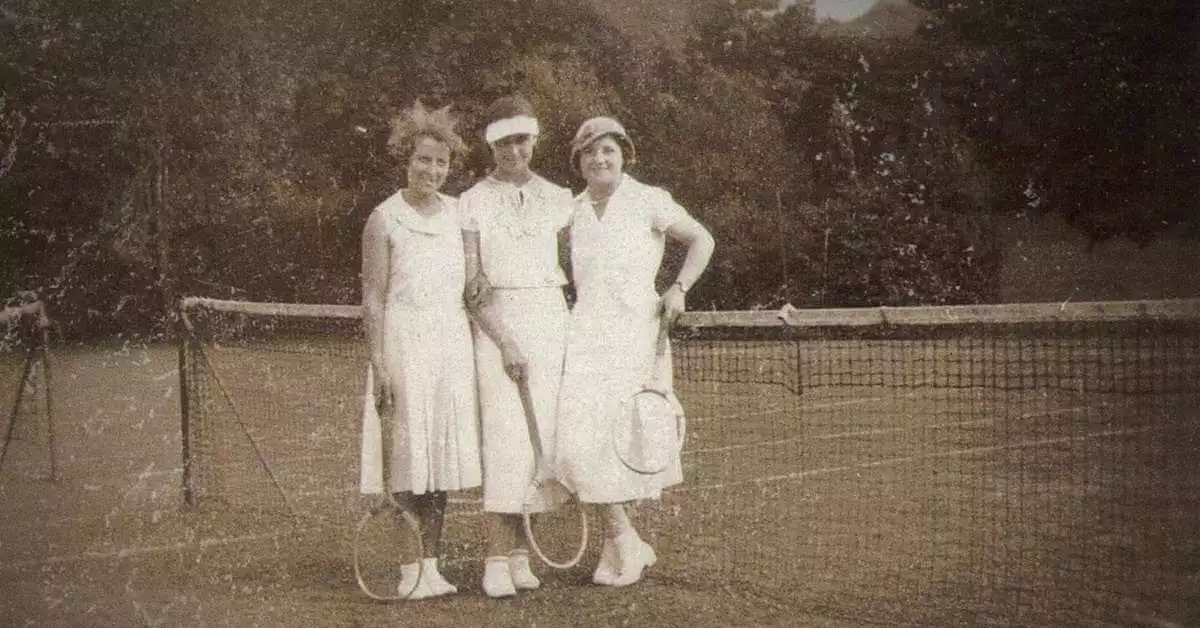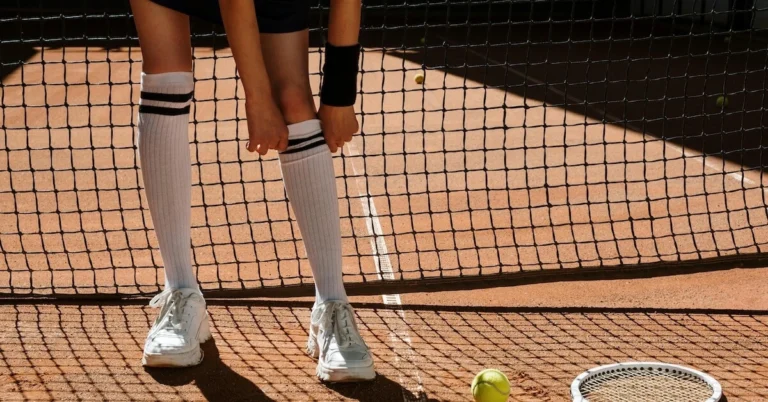Tennis is more than just a sport. It is a cultural phenomenon that has had a significant impact on society. From the way it is played to the values it embodies, tennis has shaped the way people think and act. This article takes a closer look at the role of tennis in society and how it has influenced culture throughout history.
Tennis has a rich history that spans centuries. It has been played by people of all ages and backgrounds, from the royals of Europe to the commoners of America. Tennis has been used as a tool for socialization, a means of competition, and a way to stay fit. It has also been a symbol of wealth and status, as seen in the opulent tennis courts of Wimbledon and the French Open. Tennis has transcended borders and cultures, becoming a truly global sport that is enjoyed by millions of people around the world.
The cultural impact of tennis is undeniable. It has influenced fashion, music, and even language. Tennis players have become cultural icons, with their style and personality inspiring generations of fans. Tennis has also been a catalyst for social change, with players like Arthur Ashe and Billie Jean King using their platform to fight for equality and justice. Tennis continues to shape culture today, with new players and innovations pushing the sport forward.
Historical Overview of Tennis
Tennis has a rich history that dates back centuries. The sport has evolved over time, from its origins as a game played by French monks to the modern game played by millions of people worldwide. This section provides an overview of the historical development of tennis, including its origins, the birth of modern tennis, and the sport’s evolution in the 20th century.
Origins and Early Development
The exact origins of tennis are a matter of debate. Some historians believe that the game was first played in ancient Egypt, while others suggest that it was invented by French monks in the 11th or 12th century. The game was initially played with the hand, and later with gloves, before the use of rackets became widespread.
The first version of tennis played with rackets is believed to have been real tennis, which was popular in England in the 16th century. Another early version of the game was lawn tennis, which was developed in the 19th century by Major Walter Clopton Wingfield. Wingfield patented the game in 1874, and it quickly became popular in England and other parts of Europe.
The Birth of Modern Tennis
Tennis was first included in the Olympic Games in 1896, but it was only played as a demonstration sport. The sport was officially included in the Olympic program in 1924, and it has been a part of the Games ever since.
In 1968, the sport entered a new era with the start of the Open Era, which allowed professional players to compete in major tournaments alongside amateurs. This led to a significant increase in the popularity of the sport, as well as the rise of some notable players, such as Billie Jean King and Suzanne Lenglen.
Tennis in the 20th Century
Tennis continued to evolve in the 20th century, with the establishment of new tournaments and the expansion of the sport to new regions. The four major tournaments in tennis – Wimbledon, the French Championships, the US Open, and the Australian Open – became some of the most prestigious events in the sport.
Tennis also played a role in cultural and social movements, such as the Battle of the Sexes in 1973, when Billie Jean King defeated Bobby Riggs in a highly publicized match. Tennis has also been a vehicle for promoting gender equality and social justice, with players such as Arthur Ashe and Martina Navratilova using their platforms to advocate for change.
Overall, the historical development of tennis reflects the sport’s evolution from a simple game played by monks to a global phenomenon that has played a significant role in cultural and social movements.
Tennis and Social Class
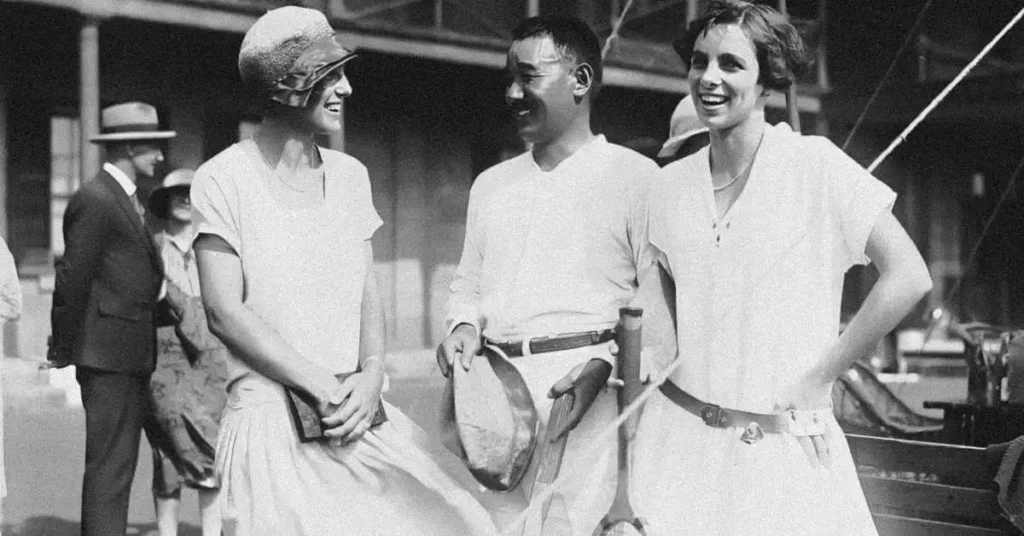
Tennis has long been associated with social class, with many viewing it as a sport for the wealthy and privileged. While this stereotype may not be entirely accurate, there is no denying that tennis has historically been played and enjoyed by those of a higher social status.
The Role of Tennis Clubs
One of the primary ways in which social class has influenced tennis is through the establishment of tennis clubs. These clubs were often exclusive and required membership fees, making them inaccessible to those of lower social classes. In addition, many clubs had strict dress codes and other rules that further reinforced the idea that tennis was a sport for the elite.
Despite these barriers, tennis clubs played an important role in the development of the sport. They provided a space for players to compete and socialize, and many of the earliest tennis tournaments were held at these clubs. Today, many clubs still exist, though they are often more inclusive and accessible than in the past.
Tennis and Gender
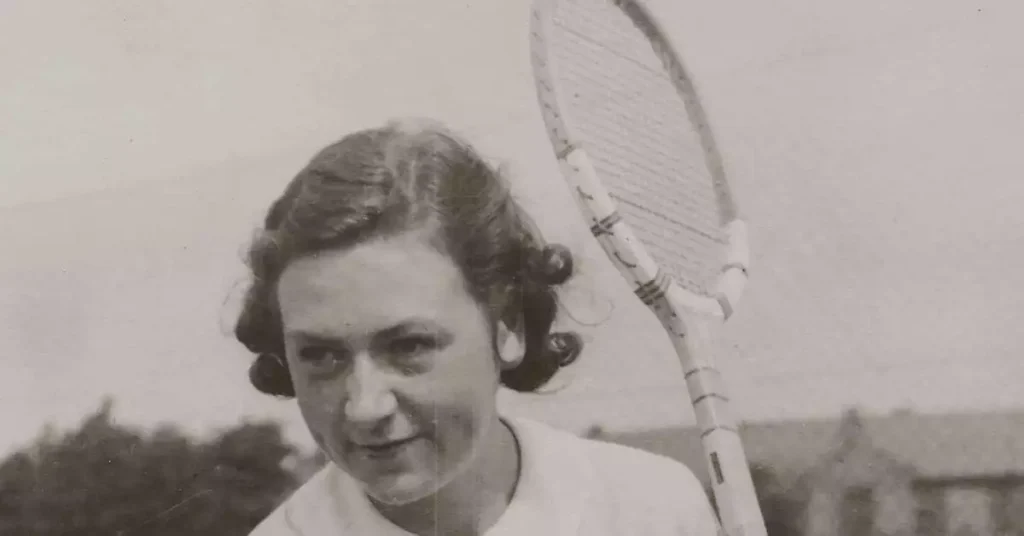
Social class has also played a role in the development of women’s tennis. In the early days of the sport, women were often excluded from playing and were not allowed to compete in many tournaments. This was largely due to the belief that women were physically weaker than men and therefore not suited for the rigors of tennis.
Over time, however, women’s tennis began to gain popularity and recognition. Women’s tournaments were established, and female players began to gain more visibility and support. Today, women’s tennis is a thriving part of the sport, with many talented players competing at the highest levels.
Tennis in Popular Culture
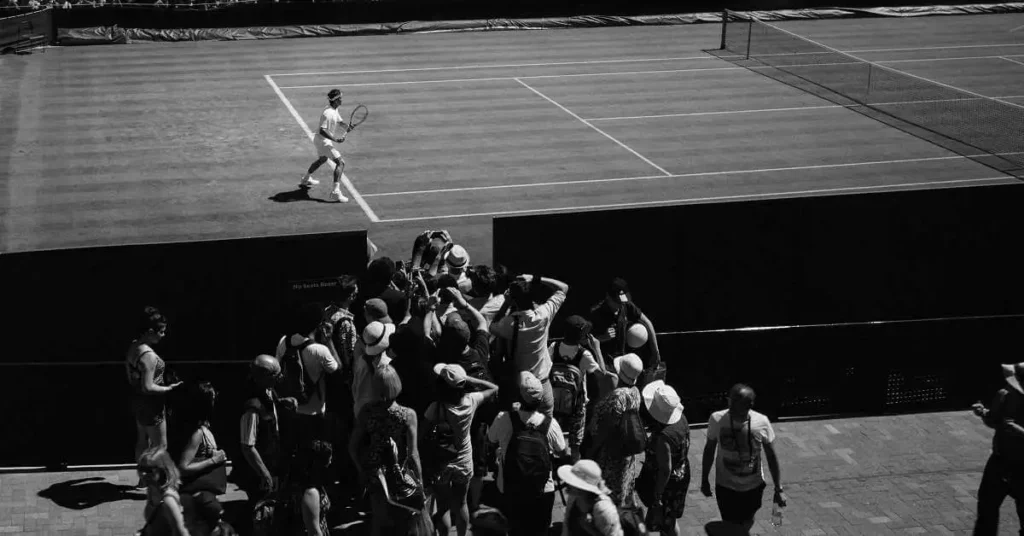
Tennis has been a popular sport for centuries, and it has played a significant role in popular culture. From movies to TV shows, music videos to fashion, tennis has made its mark in various forms of entertainment and art.
One of the most famous tennis players, Roger Federer, has become a cultural icon, known not only for his exceptional skills on the court but also for his style and elegance. Federer’s influence on fashion and style is evident in his collaboration with brands like Nike and Uniqlo. He has also been featured in various magazines, including Vogue.
Another tennis player who has made a significant impact on popular culture is Rafael Nadal. Nadal’s intensity and passion on the court have earned him a loyal fan base, and he has become a role model for many aspiring tennis players. Nadal has also been featured in various advertisements, including for Kia Motors and Tommy Hilfiger.
Serena Williams is another tennis player who has made a significant impact on popular culture. Williams has been featured in various magazines and has also appeared in TV shows and movies. She has also been a vocal advocate for women’s rights and has used her platform to raise awareness about issues such as pay inequality in sports.
Tennis has also been represented in popular culture through movies and TV shows. The 2004 romantic comedy “Wimbledon” and the 2000 sports drama “The Legend of Bagger Vance” are just a few examples of movies that feature tennis. TV shows like “Gossip Girl” and “Friends” have also included tennis in their storylines.
The Globalization of Tennis
Tennis has become a global sport, with players from all over the world competing in tournaments worldwide. The sport has gained in popularity largely because organizers and players have relied on globalization and technology to pursue top talent and expand interest. The International Tennis Federation (ITF) has played a significant role in the globalization of tennis, promoting the sport and organizing international competitions.
Tennis in Different Regions

Tennis has become increasingly popular in different regions of the world. In Europe, for example, tennis has a long history and is played in many countries. In the Americas, tennis has also gained popularity, with many top players coming from the United States, Canada, and South America. Asia has seen a significant increase in interest in tennis, with players from Japan, China, and South Korea competing at the highest level. In Africa and the Middle East, tennis is also played, with the sport growing in popularity in countries such as Egypt and the United Arab Emirates.
Tennis and the Olympic Games
Tennis has been a part of the Olympic Games since 1896, but was dropped from the program after the 1924 Paris Games. It was reintroduced in 1988 as a demonstration sport and became a full medal sport at the 1992 Barcelona Games. The Olympic tennis tournament features both singles and doubles events for men and women, with players competing for their countries. The Davis Cup and Fed Cup, organized by the ITF, are also international team competitions that promote the integration of tennis worldwide.
The globalization of tennis has led to a greater diversity of players and styles of play, making the sport more exciting and competitive. The ITF and other organizations continue to promote tennis worldwide, with the goal of making it a truly global sport.
The Sport of Tennis

Tennis is a popular sport played worldwide. It is a game that requires a combination of physical fitness, mental focus, and strategic thinking. Tennis can be played individually or as a doubles team, indoors or outdoors, on a variety of surfaces, including clay, grass, and hard courts.
The Game and Its Rules
The objective of the game is to hit the ball over the net and into the opponent’s court in such a way that the opponent is unable to return it. The game is played with a racket and a ball, and the court is divided into two halves by a net.
The rules of tennis are straightforward. A player serves the ball from behind the baseline on one side of the court, and the opponent tries to return it. If the ball lands outside the court, the player who hit it loses a point. If the ball lands inside the court, the point continues until one player fails to return the ball or hits it out of bounds.
A match is typically played as a best-of-three or best-of-five sets. Each set consists of six games, and the first player to win six games wins the set. If the score is tied at 6-6, a tiebreaker is played to determine the winner of the set.
Strategies and Techniques
Tennis requires a combination of physical and mental skills. Players must be able to move quickly around the court, hit the ball with accuracy and power, and maintain focus throughout the match.
One of the most important strategies in tennis is to focus on one point at a time. Players must be able to stay in the present moment and not get distracted by past mistakes or future outcomes.
Coaching is also an essential part of tennis. Coaches help players develop their skills and strategies, and provide guidance and support during matches.
In terms of techniques, players use a variety of shots to outmaneuver their opponents. These shots include the forehand, backhand, serve, volley, and smash. Players must be able to use these shots effectively and adapt their strategies to the specific conditions of the match.
FAQ
What is the cultural background of tennis?
Tennis has a rich cultural background that dates back to the 12th century in France. It was originally played by monks in monasteries, but it quickly became a popular pastime for the French nobility. The game spread throughout Europe and eventually to other parts of the world. Tennis has been played by people of all ages, genders, and backgrounds, making it a truly global sport.
What is tennis and its importance?
Tennis is a sport that is played with a racket and a ball on a rectangular court. The objective of the game is to hit the ball over the net and into the opponent’s court, with the aim of making it difficult for them to return the ball. Tennis is an important sport because it promotes physical fitness, mental agility, and social interaction. It is also a sport that can be played at any age, making it a lifelong activity.
Why is tennis a social sport?
Tennis is a social sport because it can be played by people of all ages and skill levels. It is a sport that can be played individually or in teams, making it a great way to meet new people and make friends. Tennis also promotes good sportsmanship and respect for opponents, making it a great way to build social skills.
Why do people like tennis so much?
People like tennis for many reasons. Some enjoy the physical challenge of the sport, while others appreciate the mental challenge of strategizing and outsmarting their opponent. Tennis is also a sport that can be played at any age, making it a lifelong activity. Additionally, tennis is a sport that can be played individually or in teams, making it a great way to meet new people and make friends.
How has tennis impacted your life and the culture around you? Are there any cultural aspects of tennis that you find particularly interesting or inspiring? Share your thoughts and experiences on the topic in the comments section below.

